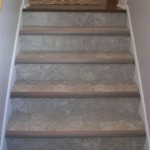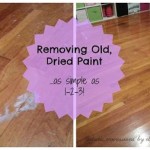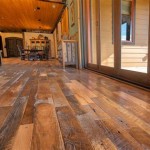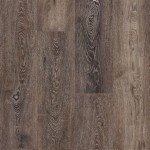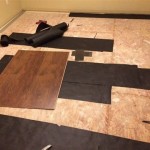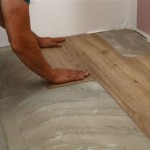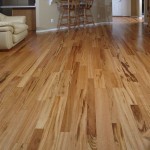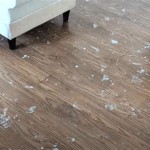Perfectly Placed Nails For Wood Flooring
Installing wood flooring requires precision and attention to detail, and nailing down the planks is a crucial step. Properly placed nails ensure a secure and stable floor that will last for years to come. Here are some essential aspects to consider when nailing wood flooring:
Nail Type and Length
Choose nails specifically designed for wood flooring, such as ring-shank nails or flooring cleats. These nails have a thicker shank and a larger head than standard nails, providing greater holding power and preventing the nails from splitting the wood. The length of the nails should be about 1 1/2 to 2 inches long, ensuring they penetrate deeply into the subfloor without protruding through the top of the plank.
Nail Angle and Spacing
Nails should be driven at a 45-degree angle into the tongue of the flooring plank, near the edge. By angling the nails, you increase their holding power and reduce the risk of splitting the wood. Space the nails evenly along the plank, typically every 6 to 8 inches apart. Avoid nailing too close to the edges of the planks, as this could cause them to buckle or crack.
Nail Depth and Countersinking
Drive the nails into the wood until they are slightly below the surface of the plank. This will prevent the nails from interfering with the flooring's appearance or creating a tripping hazard. Use a nail set or a hammer with a nail-setting head to countersink the nails slightly below the surface.
Pre-Drilling Pilot Holes
In some cases, pre-drilling pilot holes before driving the nails can help prevent splitting and ensure a clean installation. Create small pilot holes using a drill bit slightly smaller than the diameter of the nails. The pilot holes should be as deep as the nail length.
Face Nailing and Blind Nailing
There are two main techniques for nailing wood flooring: face nailing and blind nailing. Face nailing involves driving nails through the face of the plank, while blind nailing conceals the nails by driving them through the tongue or groove of the plank at an angle. Blind nailing provides a more finished and aesthetically pleasing appearance, but face nailing is easier and faster.
Nail Gun
Using a nail gun can speed up the nailing process, but it requires caution and proper handling. Adjust the nail gun's pressure to ensure the nails are driven in at the correct depth. Always wear safety glasses when using a nail gun, and follow the manufacturer's instructions carefully.
Conclusion
Perfectly placed nails are essential for ensuring a stable and long-lasting wood floor. By following these essential aspects, you can achieve a professional-looking floor that will enhance your home's beauty and value. Remember to choose the right nails, angle them correctly, countersink them properly, and use appropriate techniques for your specific flooring type.

Is Nail Down Installation The Best Unique Wood Floor

How Many Nails Staples For Hardwood Floor Installation

How To Install Hardwood Flooring Nail Down Home Renovation I Like Make Stuff

How To Fill Nail Holes What Would Bob Do Vila

How To Install Lock Engineered Hardwood Flooring

Should I Nail Or Glue My Hardwood Flooring Down Ambience

Woodfiller For Hardwood Floors Advice

How To Fix Floating Floor Gaps The Easy Way

5 Essential Tips For Tongue And Groove Flooring District Floor

Inside Dogs And Hardwood Floors
See Also
